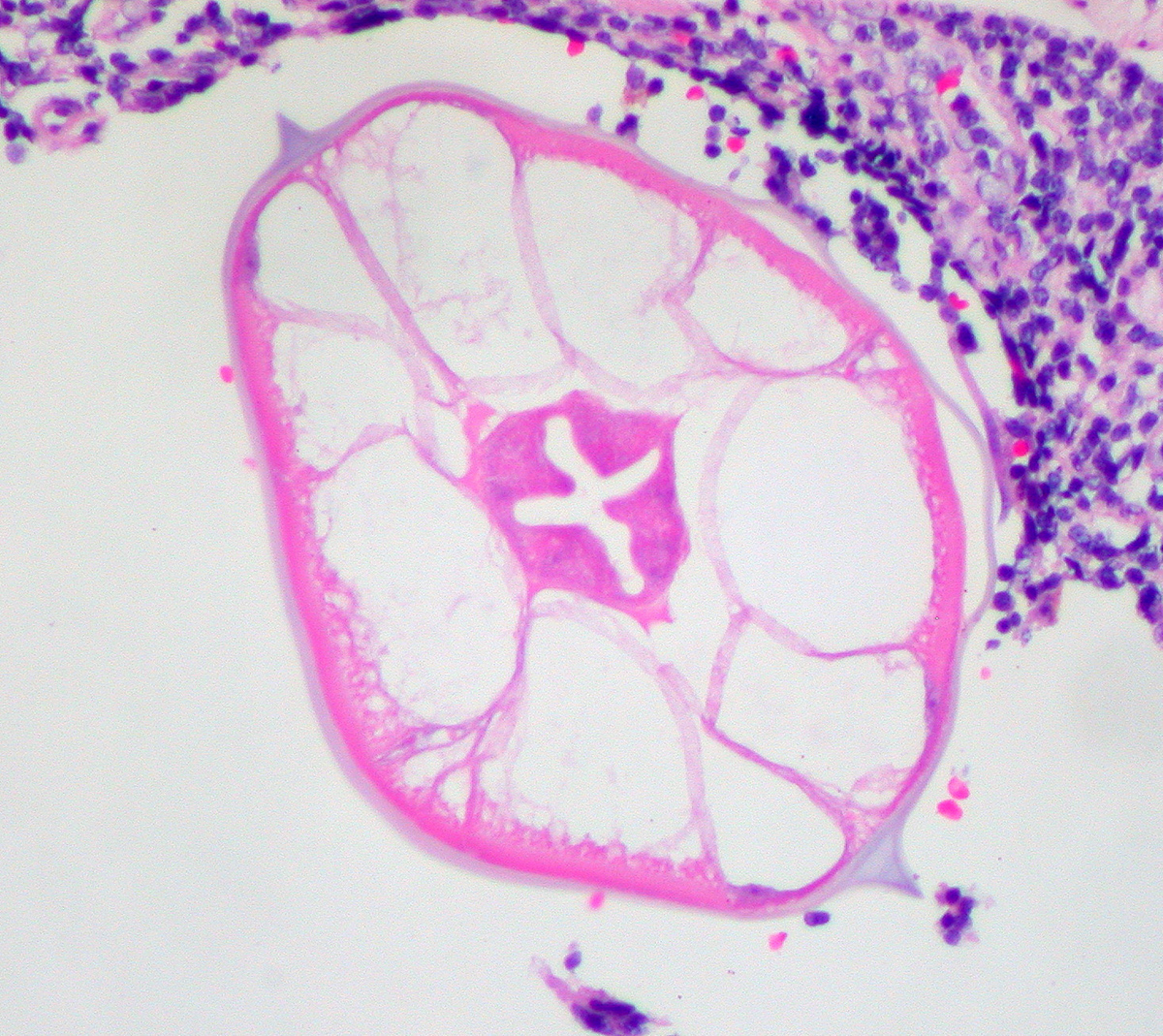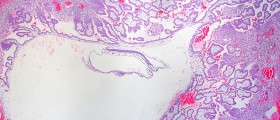
The hysterectomy is a veryserious procedure. It is usually left on the patient to decide whether theprocedure is needed or not, since there are different kinds of treatment, andso, every patient has to be educated about this surgery and know the risks ofperforming it. But since the risk of not performing the procedure is muchgreater, patients usually go with the hysterectomy. Avoiding the treatment caneven lead to cervix or uterine cancer.
As we have stated, there are manytreatments which can be done instead of hysterectomy, but when severalconditions are concerned, the procedure is often necessary. Those conditionsare bleeding from uterine (induced by infection or childbirth), pelvicadhesions, fibroid tumors and endometriosis. The procedure is usually performedwhen a patient experience prolapsed of the uterine, pre-cancerous cells,ovarian cysts, chronic pelvic pain and ectopic pregnancy. The previously statedconditions can be treated without the surgery, but if those methods areunsuccessful, surgery has to be performed.
Now we will say a few words aboutthe different types of hysterectomy. The removal of the cervix, vagina's toparea, lymph nodes, tissue around the cervix and uterus is connected withradical hysterectomy. Hysterectomy with bilateral oophorectomy is followed by asurgical menopause. After the ovaries removal, patients will go under thehormone replacement therapy during the stay in the hospital. This procedure isusually preformed for ovaries tumor, ectopic pregnancy, or endometriosis. Whenthe removal of the fallopian tubes, cervix and the uterus is performed, thisprocedure is called total hysterectomy. In this procedure, the ovaries areintact. Those were the types of hysterectomy which are possible today. When aperson experiences problems, the type of the hysterectomy which will be done,will be determined after the consultation with the doctor. When a personperforms the abdominal hysterectomy, the incision can be done vertically andhorizontally. The length of this incision should not be longer than eightinches.
The post-operative period willtake minimum four or five weeks, while hospital stay lasts from three to fivedays. The shorter recovery is possible with vaginal hysterectomy, which isperformed through the vagina. Some side effects after the surgery are possibleas well, such as infections (especially infection of urinary tract),depression, and decrease in sexual desire. For vaginal dryness, patient can tryestrogen cream. After the surgery, the visits to the doctor should not be forgotten.The visits can prevent the risks of vaginal cancer and other problems. Theother treatments for the problem are drugs or pelvic exercises. But thetreatment will definitely bring better days to those suffering from statedproblems.

















Your thoughts on this
Loading...